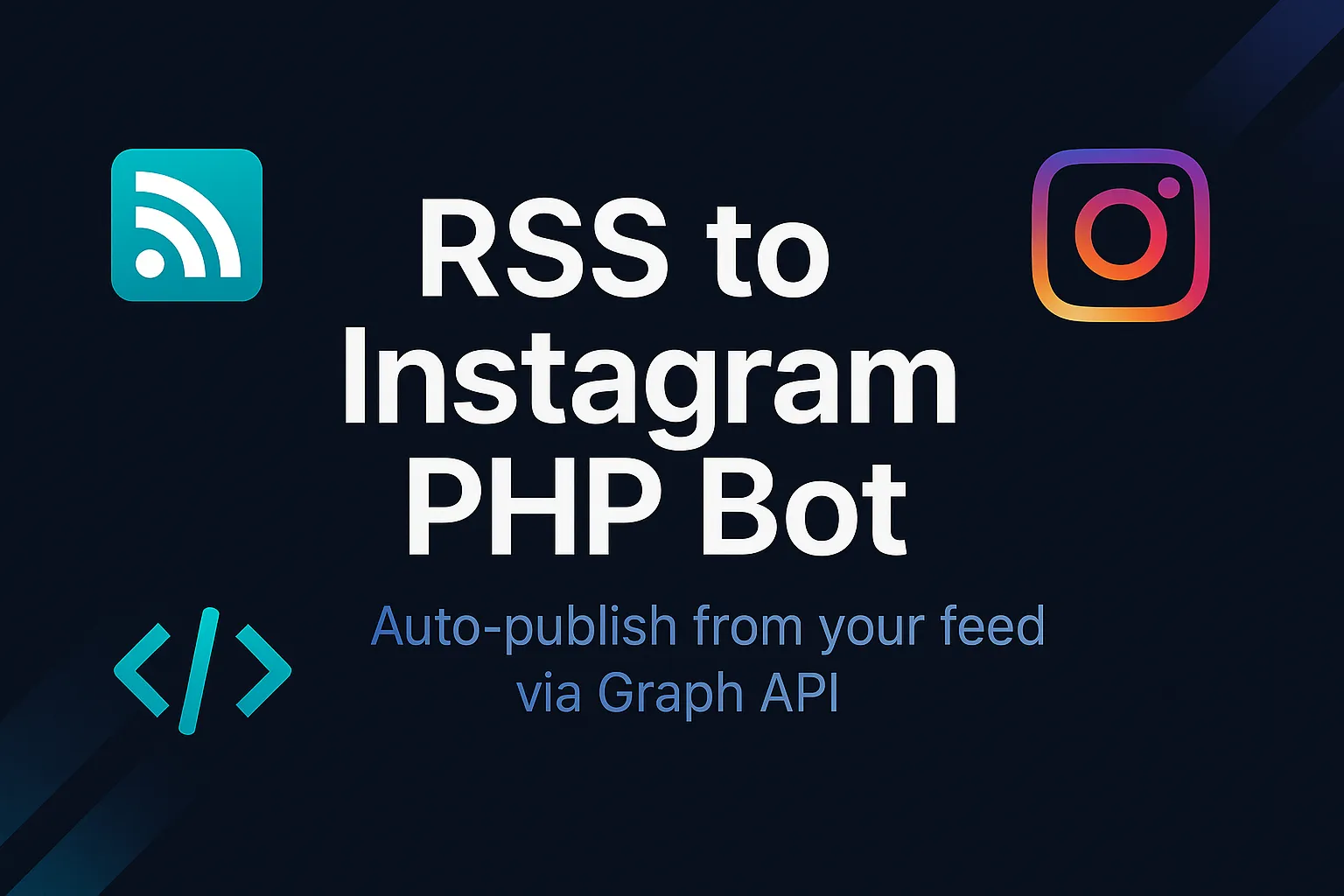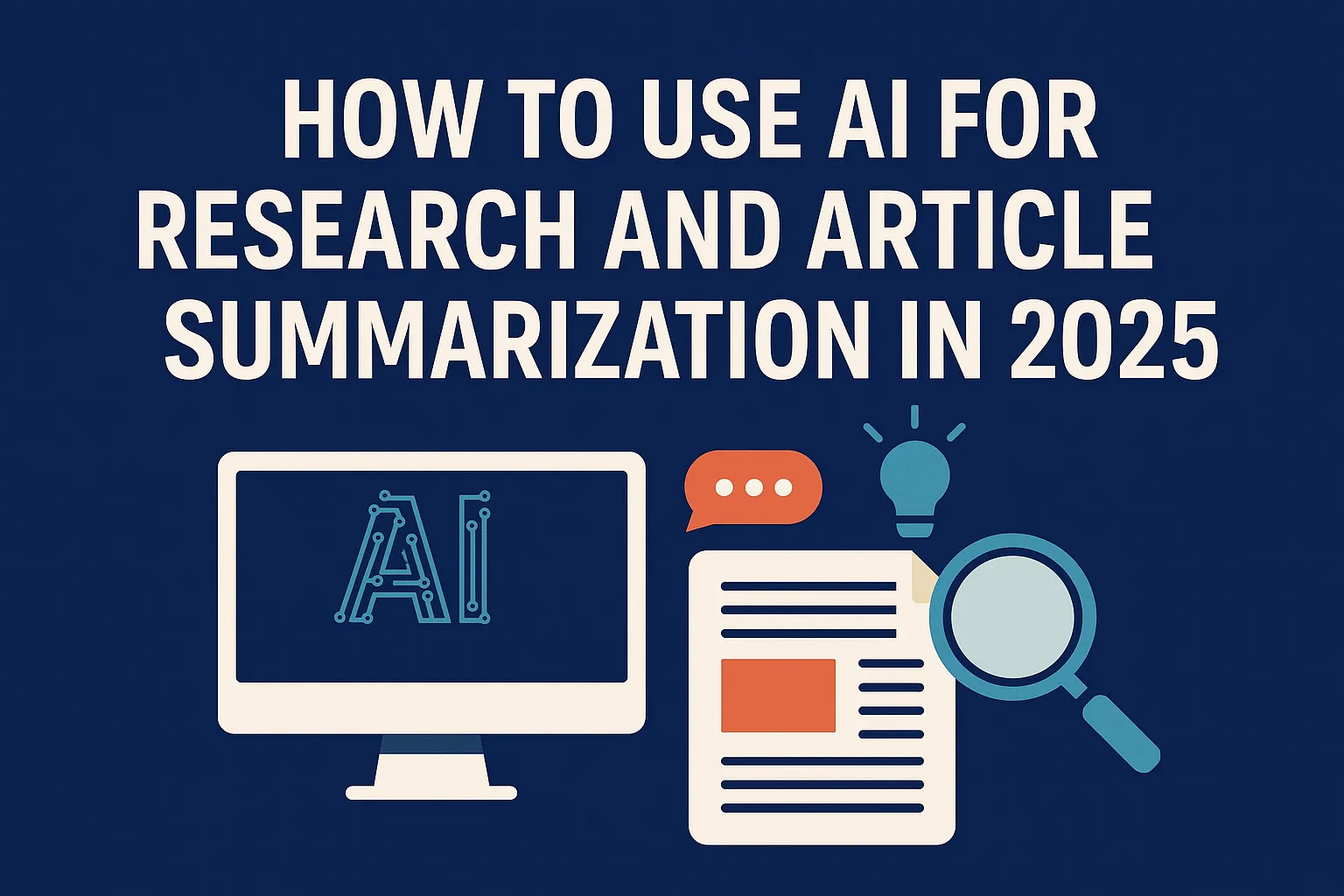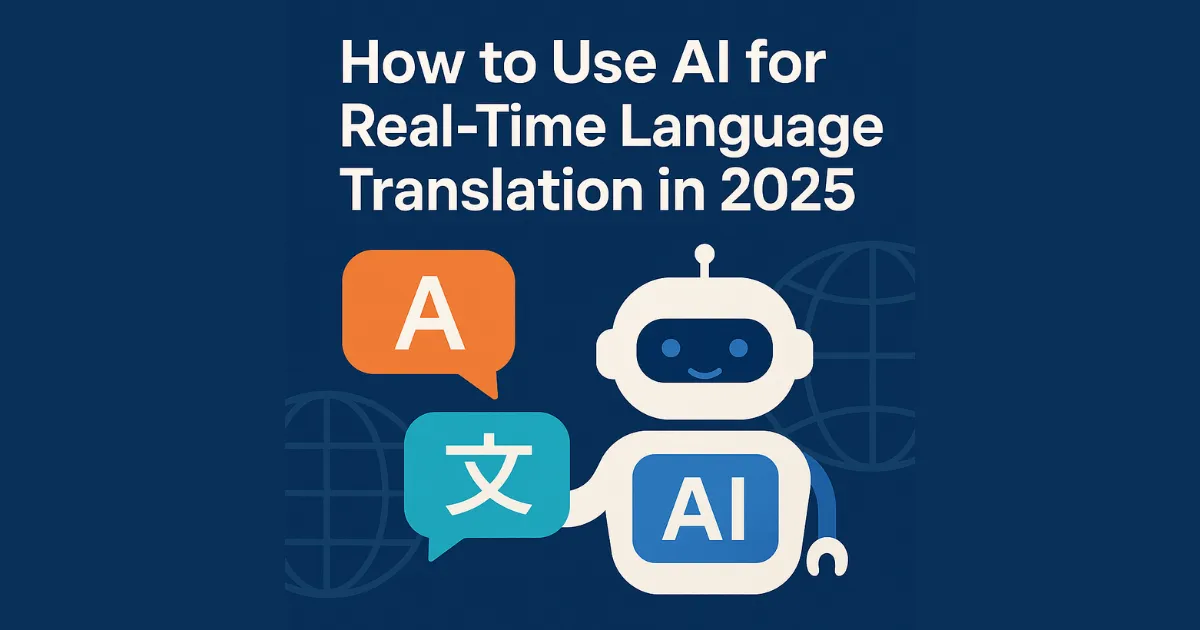RSS to Instagram PHP Bot
Ship RSS to Instagram with a Tiny PHP Bot (No Plugins, No CMS) Most blogs already syndicate updates through RSS—but Instagram is still a manual grind. In this mini-build, we turn any site (ours wasn’t WordPress) into an auto-publisher: new RSS items → square, readable title cards → posted to an Instagram Professional account via … Read more










